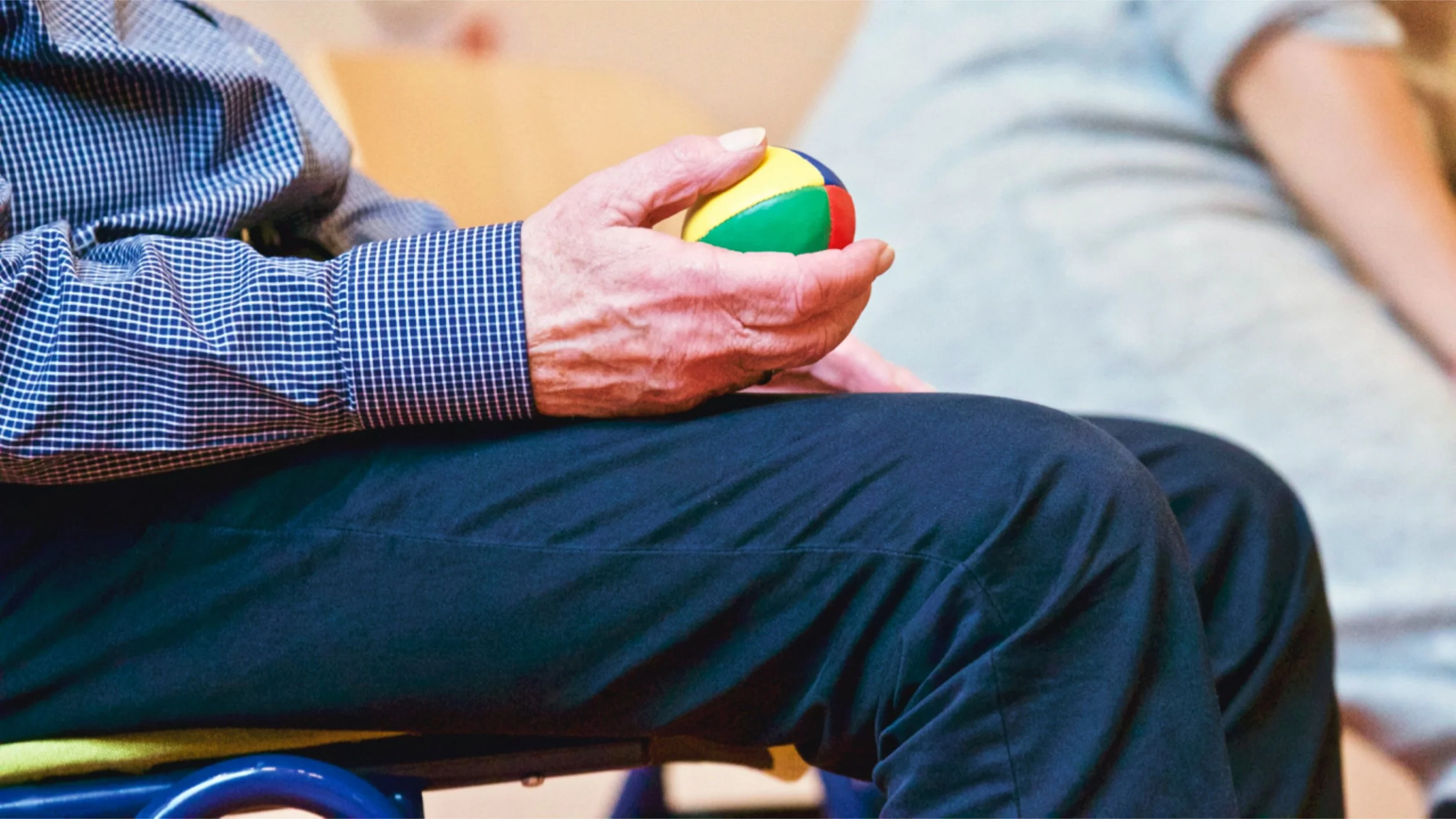Parkinson’s disease occurs when specific cells in the brain that produce a chemical called dopamine stop working or die. Dopamine coordinates the movements of our body parts. The symptoms of Parkinson’s disease typically develop slowly over time. Living with Parkinson’s and the experiences, including symptoms and progression, is unique to each person. Some of the commonly known early signs of this disease include tremors at rest, loss of smell, trouble sleeping and walking, dizziness, constipation, and weight loss. These symptoms usually begin gradually and keep worsening with time. To date, there is no test that can conclusively show that one has Parkinson’s disease. The doctor can diagnose the condition by assessing the symptoms, and medical history and performing a physical examination.
Early Signs and Symptoms
The early signs and symptoms of Parkinson’s disease can be subtle and may not be immediately recognizable as a problem. However, some common early signs and symptoms include:
Tremors: A tremor, or shaking, in the hand, arm, leg, jaw, or face is often one of the first signs of Parkinson’s disease. The tremor may be more pronounced when the limb is at rest and can disappear during sleep or when the limb is used.
Rigidity: Stiffness or rigidity in the limbs and trunk can also be an early symptom of Parkinson’s disease. This can make it difficult to move around and perform everyday activities.
Bradykinesia: Bradykinesia, or slowness of movement, is another early sign of Parkinson’s disease. This can make it difficult to initiate movement and cause coordination and balance problems.
Postural instability: Postural instability, or difficulty maintaining balance and stability, can also be an early symptom of Parkinson’s disease. This can make it difficult to stand or walk and can increase the risk of falls.
Masked face: The face may appear expressionless or “masked” due to a lack of movement in facial muscles.
It’s important to note that these symptoms can also be caused by other conditions, and a definitive diagnosis of Parkinson’s disease can only be made by a healthcare professional. If your loved one is experiencing any of these symptoms, it’s important to see a doctor for an evaluation
Now, there are 5 stages to this disease.
At stage 1, your loved one may experience very mild symptoms pertaining to issues in movement and tremors. Symptoms may be on one side of the body.
In stage 2, these symptoms may worsen along with tremors and other movement issues. Symptoms may be seen on both sides of the body.
Stage 3 or the mid-stage makes a person experience slowness in movements and loss of normal balance.
The symptoms get severe and limiting in Stage 4. Normal movements and activities may even require support from others.
Stage 5 can lead a person to become bedridden, experience stiffness in the legs, and require around-the-clock care for all activities.
Unfortunately, there is currently no cure for Parkinson’s disease, but there are a variety of treatment options that can help manage symptoms and improve quality of life.
The most common treatment options for Parkinson’s disease include
-
Medication: Parkinson’s disease is primarily treated with medication, which can help to increase the levels of dopamine in the brain and improve symptoms. Some common medications used to treat Parkinson’s disease include levodopa, dopamine agonists, MAO-B inhibitors, and anticholinergics.
-
Physical therapy: Physical therapy can help to improve mobility, balance, and coordination, and can also help to manage symptoms such as rigidity and tremors.
-
Occupational therapy: Occupational therapy can help to improve the ability to perform daily activities and can also help to manage symptoms such as tremors and rigidity.
-
Speech therapy: Speech therapy can help to improve speech and swallowing problems caused by Parkinson’s disease.
-
Surgery: In some cases, surgery such as deep brain stimulation (DBS) may be recommended to help manage symptoms that are not responding to medication or other treatments.
-
Lifestyle changes: Eating healthy, exercising regularly, and avoiding stress can help to manage symptoms of Parkinson’s disease and improve overall health.
It’s important to note that treatment options for Parkinson’s disease vary from person to person and will depend on the individual’s symptoms and needs. It’s important to work closely with a healthcare professional to develop an individualized treatment plan that addresses your specific symptoms and needs. As mentioned above, although Parkinson’s disease isn’t curable and is a life-long condition, this condition usually takes time to get worse. Most people still have a normal life span with this condition.
Visit our LinkedIn page for the latest updates on our company, including exciting developments and new offerings. Stay informed and connected with us as we continue to grow and provide valuable learning opportunities for professionals in caregiving industries.



